5-Point Clarity for the Team
Great teams have simple clarity - but it's not easy to get there. Take some time to systematically process these five points with your top leaders, and then pass it on down the line of command.
Talking Points:
- Mission answers the question, “Why do we exist?” As leaders, we need to be clear about our main job. What is our real goal? Try to articulate it in a sentence or two.
- Vision answers the question, “Where are we going?” What do you envision for your team this year or three, five, or ten years down the road? Your vision is your picture of a perfect future.
- Strategy answers the question, “How will we get there?” Strategic objectives are big-ticket items that can be broken down into smaller, actionable items.
- Values answer the question, “What do we care about?” What are the values that you want to transfer to your team? Your team members won’t know them automatically, so why not tell them?
- Culture answers the question, “How do we actually do things?” Your culture is about the real-life habits on your team. If a stranger were to observe you, what would he see?
Discussion:
- What is your initial reaction to this topic? What jumped out at you?
- Of the five points above, which element is your strongest as a team? Which element is the most undefined?
- Who is failing to buy in to your team values? Share the impact of this on the team overall.
- Who is failing to buy in to your mission or vision? What do you see behaviorally to prove this?
- How do you give feedback to your team?
- You measure what matters. How do you currently measure your stated strategic objectives for the team?
- How do you celebrate those wins as a team? How can improving in this area help the overall culture of your team?
- Write a personal action step based on this conversation.
Posts not found
5 Dysfunctions of a Team
A 2-minute summary of Patrick Lencioni's book about why teams fail to work together to get the job done…. and what to do about it.
Talking Points:
- Trust is the base for a functional team. If your team doesn’t trust each other they won’t be willing to work together to achieve the goals they’ve set. Lack of trust places your team into a cycle of dysfunction.
- Conflict is essential and can be productive in helping everyone voice an opinion. However, if the conflict in your team isn’t confronted correctly it can lead to dysfunction number three.
- When your team communication isn’t good it can lead to team member not committing to the decisions that are made. Reaching a consensus as a team isn’t really the end goal. The end goal is to have everyone voice their opinion.
- Lack of accountability is another way your team can fall apart. If members are defensive and can’t ownership for mistakes, it leads to further dysfunction.
- You need to have clarity on specific goals as a team. Make sure performance reports of team members are in line with the strategic objectives of your team.
Discussion:
- Initial reactions to this topic? What jumped out at you?
- Which of these five dysfunctions do you most commonly see within your team? How have those things impacted the team?
- Why is trust so important to a healthy functioning team? What happens when people get defensive about their mistakes? What happens when people are willing to own their mistakes?
- List some specific and practical ways you can combat these five dysfunctions.
- What are some other things, that aren’t on this list, that you have observed in your team that have had a negative effect on team performance? Other things that have had a positive effect?
- Is there a step you need to take based on today’s topic?
Adapted form Patrick Lencioni’s book The Five Dysfunctions of a Team
Your Culture Gets What It Pays For
Establishing a good culture will be the first step in strategically aligning your team, organization, or family.
Talking Points:
- Be honest about how you actually do things and take ownership of the results. If you aren’t honest about your culture and its outcome, then you are never going to get to the next level.
- If you are frustrated with the results you are getting it is probably because your culture doesn’t align with your vision. The results you are getting right now are the ones you deserve.
- Strategic re-alignment will help you turn today’s results into tomorrow’s vision. It will help you to bridge the gap between your current culture and your desired vision by using strategic objectives.
- The goal of strategic alignment is to integrate your culture, strategy, vision, and values into your mission as an organization, team, or family.
Discussion:
- Initial reactions to this topic? What jumped out at you?
- Write our your team’s vision: where you want to be in the next 3, 5, or 10 years.
- Write out your “culture” list: what you actually do on a regular basis. Cross off the items that represent sideways energy, directing you away from your vision.
- Write out your “strategy” list: the stuff you (or your team) should be doing on a regular basis.
- Make one more list: the roadblocks that might keep your team from aligning its culture with your new strategy.
- Is there a step you need to take based on today’s topic?
Amazon’s Flywheel: How Bezos Got to the Next Level
Years ago Jeff Bezos and Amazon.com figured out a virtuous cycle that would change the way they ran their company and give them focus for the future. What’s your flywheel?
Talking Points:
- Jeff Bezos changed the way Amazon ran to take the company to the next level. He used a flywheel. A “flywheel” is a self-reinforcing loop that gets your team to the next level. Amazon started by adopting lower prices for commonly-bought items. This lead to more customers.
- As more customers flooded into Amazon, they were able to host more sellers. This allowed them to make even more money by taking a percentage of the income from each sale.
- As Amazon grew, it became more and more efficient in everything from their website to their distribution.
- Each of those four things allowed Amazon to create a virtuous cycle. If anything in that cycle grows, it will flow into the other areas and grow them as well.
Discussion:
- Initial reactions to this topic? What jumped out at you?
- What are some things you have purchased on Amazon?
- Do you think Amazon is a good example of success? Why or why not?
- What things would be on your flywheel? Why?
- Is there a step you need to take based on today’s topic?
Strategic Alignment
Understanding your mission and vision is only half the battle. If you do not align your team around common strategic objectives, you will never accomplish the mission.
Talking Points:
- In order to get your team or organization to the next level, take some time to evaluate what you are trying to accomplish. Create the five boxes that will strategically develop your team.
- After you have determined what your five main strategic objectives are you should translate your tasks and goals into each box.
- Tasks are daily or weekly habits.
- Goals are typically quarterly or yearly projects.
- Think through your top five strategic objectives, how your daily tasks fit into those, and then bring it to your team.
Discussion:
- Initial reactions to this topic? What jumped out at you?
- What are your top five strategic objectives? Why are these your objectives?
- Do you have tasks that don’t fit into any of your five boxes? Are those things that are necessary or are they things you don’t necessarily need to be doing? Explain.
- How will strategic alignment help to take your team, organization, or family to the next level?
- Is there a step you need to take based on today’s topic?
How to Break Through Your Natural Ceiling of Achievement
You can break through your default ceiling of achievement, but only if you work purposefully toward new habits that don’t come naturally.
Talking Points:
- The “Entrepreneurial” Approach: this approach involves relying on what you’ve always relied on to achieve success. But true success requires adaptation.
- The “Purposeful” Approach: this approach involves stepping out of your comfort zone to do what is necessary to achieve success. To be purposeful, look at others who have succeeded in your field and apply their strategies to your work.
Discussion:
- Initial reactions to this topic? What jumped out at you?
- Why do you think it’s so hard for people to break through their natural ceiling of achievement?
- Which of these approaches do you find yourself taking more often? Why do you think that is?
- What habits will you change in order to break through your natural ceiling of achievement?
- Is there a step you need to take based on today’s topic?
The ONE Thing: The Surprisingly Simple Truth Behind Extraordinary Results by Gary Keller
How to De-Fang Failure in the Workplace
Failure can seem like a scary beast that everyone wants to avoid. But learn to talk about it and you can leverage failure for the greater good.
Talking Points:
- Failure is inevitable in every workplace. Next Level cultures are fueled by failure, not defeated by it.
- Next Level cultures create ground rules for honest feedback about wins and losses.
Discussion:
- Initial reactions to this topic? What jumped out at you?
- Do you agree that failure is inevitable in the workplace? Which amount of failure is acceptable? When does failure become catastrophic?
- Share about a time when you or your team failed and handled it poorly. In retrospect, how could you have handled it differently?
- Why do most teams fail to talk honestly and openly about failure? What is the unintended consequence in the culture?
- What are some ground rules you would like to see established in your company’s culture when it comes to talking about failure? Make a list.
- Is there a step you need to take based on today’s topic?
Adapted from The Power of the Other by Dr. Henry Cloud.
How a SWOT Analysis Can Help Your Team
The goal of a SWOT analysis is to gain a clear assessment of your present and future as a team, organization, or company.
Talking Points:
- The goal of a SWOT analysis into gain a clear assessment of your present and future as a team, organization, or company.
- Start by analyzing the internal strengths and weaknesses (SW) of your organization.
- Next, analyze the external opportunities and threats (OT) of the marketplace where you operate.
- Doing a SWOT analysis can give you a lot of clarity on the present and future of your organization.
Discussion:
- Initial reactions to this topic? What jumped out at you?
- What is the best strength of your team, organization, or company? Your worst weakness? How do you know?
- Did your SWOT analysis give you clarity? Explain.
- How do you hope to see your team, organization, or company change in the future? What do you need to implement right now to start on the path toward a brighter, more successful future?
- Is there a step you need to take based on today’s topic?
How to Spread the Leadership Virus
Good leaders communicate mission, vision, and values to their teams. Great leaders communicate in a way that's viral.
Talking Points:
- The preaching method is the leader speaks the message to everyone at once. This is more of a top-down approach.
- The mentoring model means first-tier leaders mentor and communicate the mission, vision, and values of the team to their circle of influence, teaching them how to do the job and to mentor their subsequent circle of influence.
- The mentoring method can spread your values quickly in your organization by equipping your leaders throughout your organization with the system, the system tools, the training, and the message you want to be sure is spreading.
Discussion:
- Initial reactions to this topic? What jumped out at you?
- Describe your own “leadership model.” Do you tend to (1) tell everyone what to do or (2) equip and empower mentors to own and spread the message? Where did you learn your leadership skills?
- Do you know of any team or organization that uses the “mentor model” of leadership? If so, describe what it is like. Is it effective?
- Do you think your team or organization needs a leadership overhaul? Why or why not?
- Is there a step you need to take based on today’s topic?




